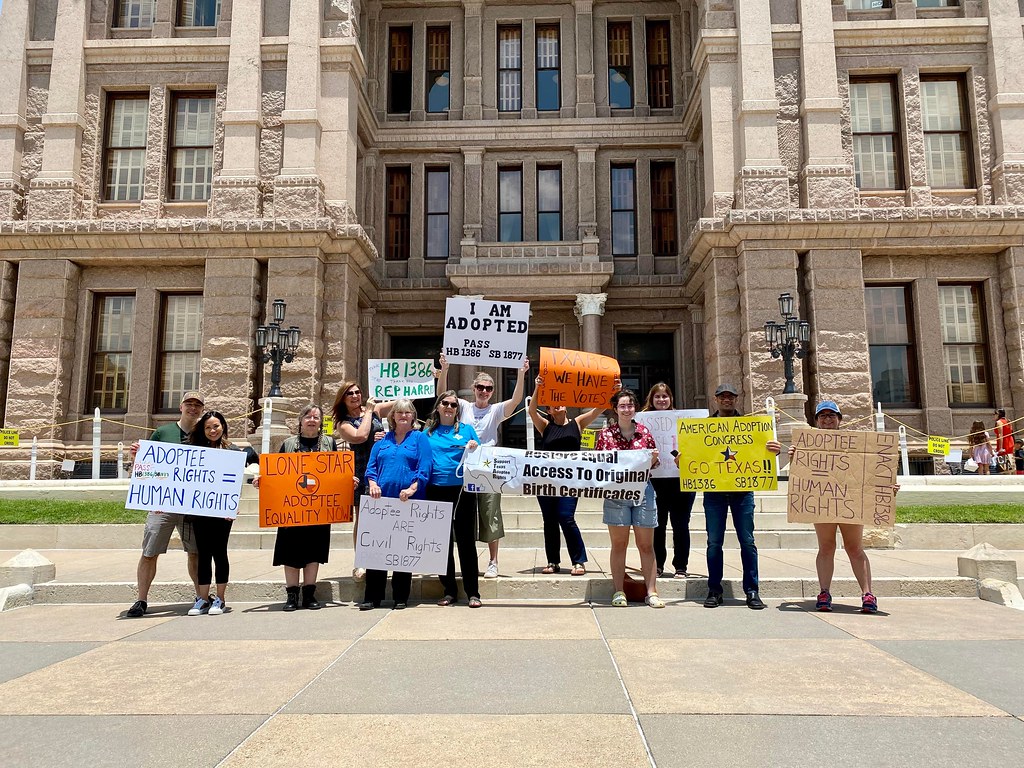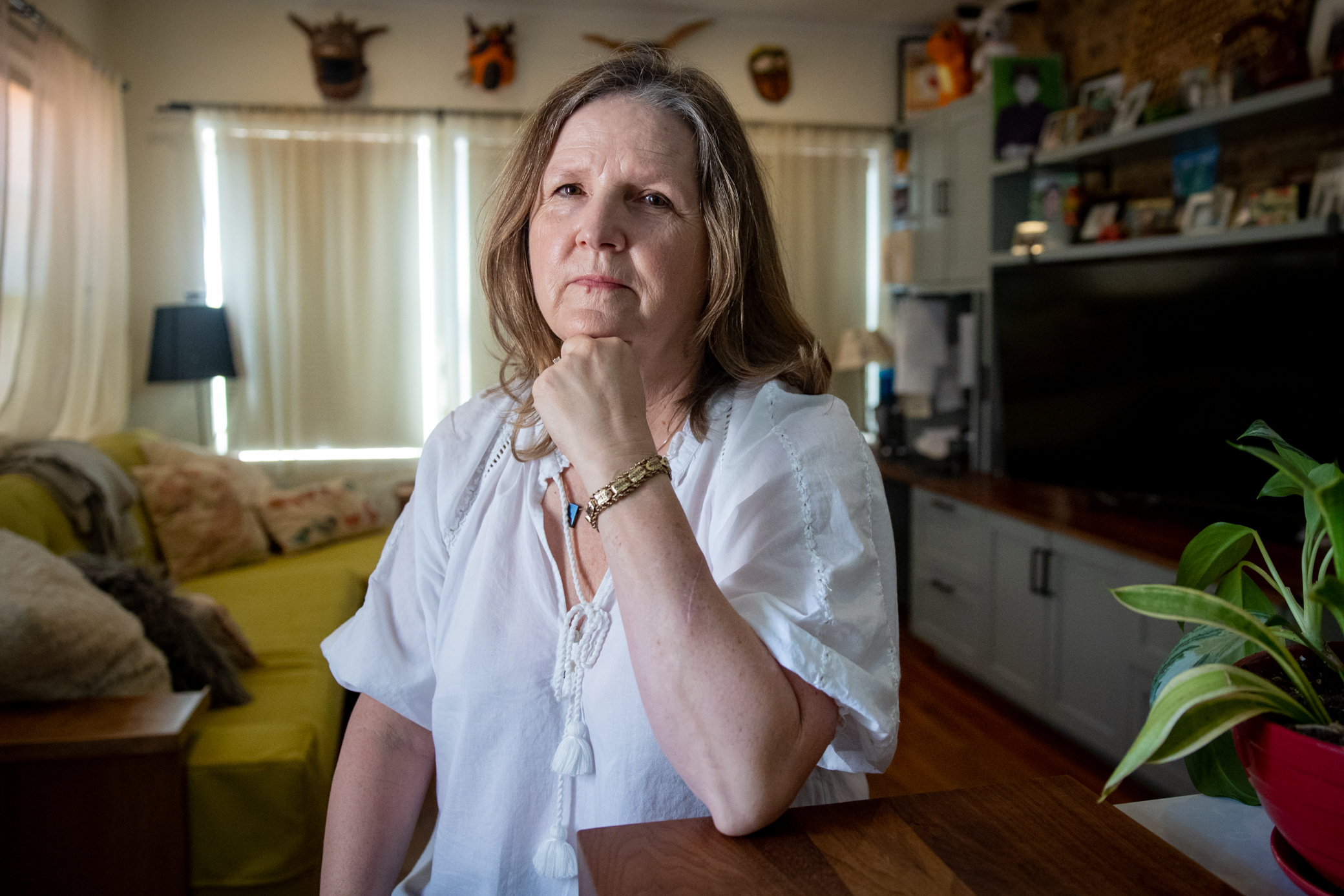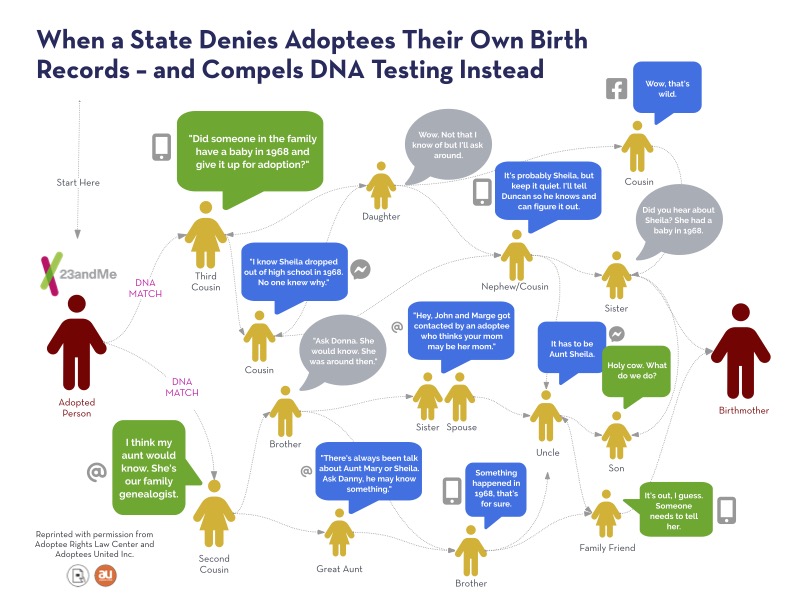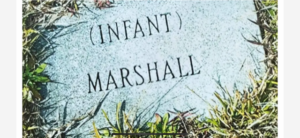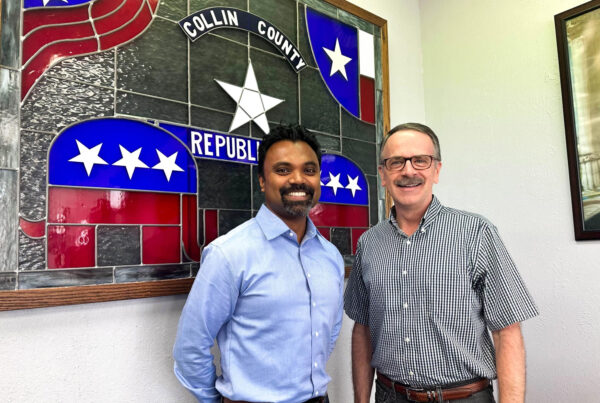During Texas’ recent 88th legislative session, and a year after the overturn of Roe v. Wade, several bills were passed to support family preservation through strengthening programs for families with children in foster care, as well as helping those who are pregnant and low-income.
Yet at the same time, a bill that would allow adult adoptees access to their original birth certificates – which could potentially help adoptees reunite with their birth families – was again stalled in the Senate.
Texas wouldn’t have been the first to unseal these records for adoptees; it’s been a slow but steady movement across the nation for the past 20 years and has started to pick up momentum over the past three. This year, South Dakota and Vermont became the 13th and 14th states to restore access.
I myself am an adoptee, but I was born in New York: a state that gave access to original birth certificates in 2020. Although I haven’t requested access to my own birth certificate, I’m glad to know that when I’m ready, I can. And readiness is important – the more I have dug into adoption-related issues in my reporting, the more I have come to learn the emotional risks that come with unveiling one’s origins as an adoptee.
An original birth certificate is a legal document that everyone in the United States seems to have. It proves when and where we were born, who we were born to, and what race or ethnicity we are. It’s a document that is a statement of existence.
And yet, adopted adults in Texas don’t legally have access to this proof, although the fight to gain this right has been going since the early 90s. Bills didn’t start making their way to the House or Senate floor consistently until 2013; bills have typically passed through the House easily before stalling in the Senate.
One reason legislative changes on this front have been so slow is because there are a number of misconceptions about why birth certificates are sealed in the first place.
Whenever an adoption takes place in the United States, the adopted person’s original birth certificate is legally sealed, and an amended birth certificate is created to take its place. If you look at an adoptee’s amended birth certificate you wouldn’t know they were adopted. For example, my amended birth certificate shows my adoptive parents’ names on it, as if they gave birth to me. This is left over from adoption practices that date back to the 1920s.


